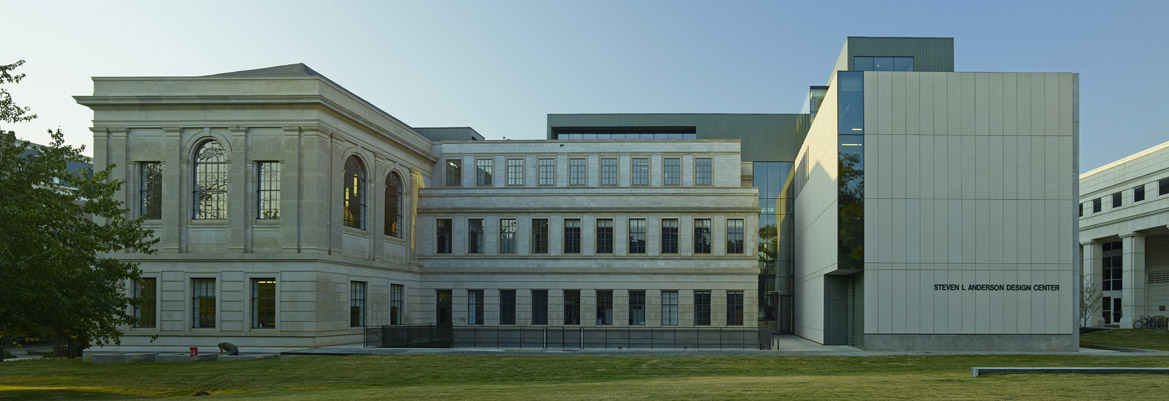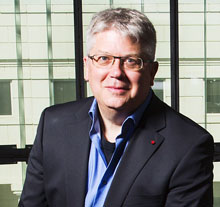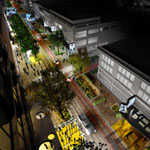Mission
The Fay Jones School of Architecture and Design advances design excellence through a multi-disciplinary, place-responsive design education (transferable across scales, technologies and locations), in service to Arkansas, the nation and the world.
Vision
The Fay Jones School of Architecture and Design designs a more humane, resilient future
for the state of Arkansas, the nation and the world.
Land Acknowledgment Statement
The Indigenous history of the land the University of Arkansas campus sits on goes back to time immemorial, and across that expanse of time, many successive groups have lived here and created sacred legacies in this area. The Fay Jones School of Architecture and Design acknowledges Indigenous peoples were forced to leave their ancestral lands, including the Osage, Caddo and Quapaw Nations with ties to Northwest Arkansas. We further recognize that a portion of the Trail of Tears runs through our campus, and that the Cherokee, Choctaw, Muscogee (Creek), Chickasaw and Seminole Nations passed through what is now Arkansas during this forced removal. We acknowledge all Indigenous teachers, researchers and all other residents in our community and region today. We seek continuity and connection to the past as we look to the future with increased collaboration with Indigenous governments and entities. We say to the Citizens of Indigenous Nations: We see you and we thank you.




